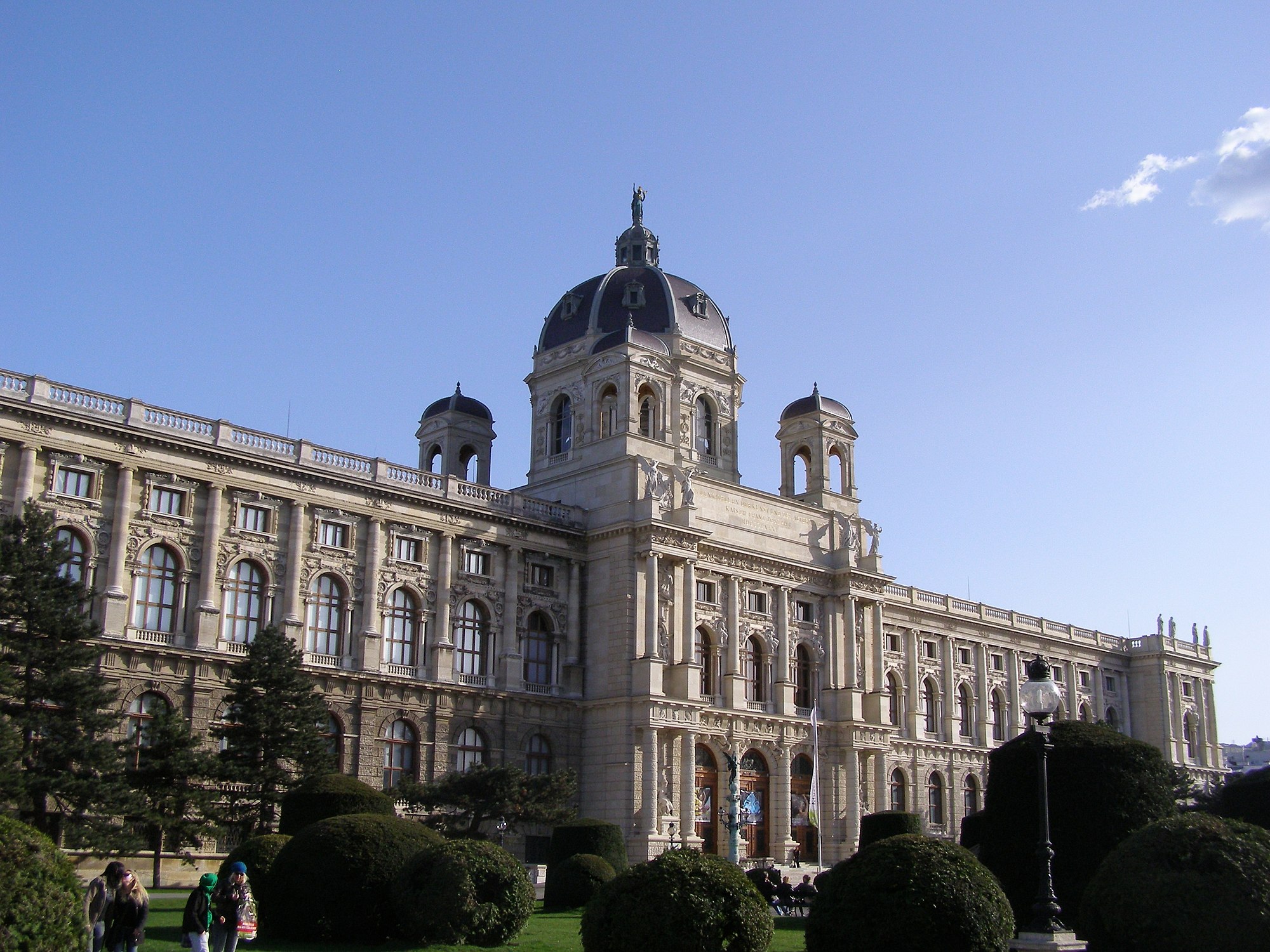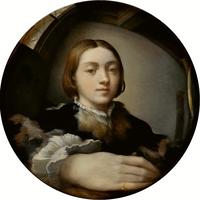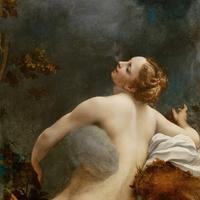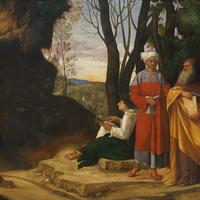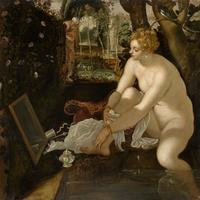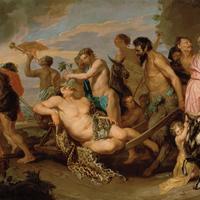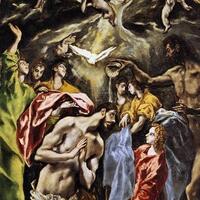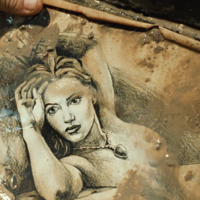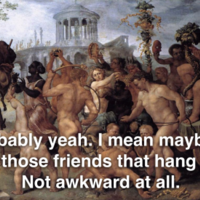More about Kunsthistorisches Museum
- All
- Info
- Shop

Sr. Contributor
The Museum of Art History Vienna was originally conceived as an opulent storage room for Austria's royal Habsburgs line.
The collection is more than just one of the world's finest displays of Flemish and High Renaissance paintings -- pinky up! -- housing everything from a coin collection in its own wing that spans 3000 years of human history, to curiosities like a lifelike sculpture of the composer Haydn replete with human hair. Don't stare too long in its eyes, it looks back after a while (and remembers the direction your blood flows!).
The museum design was decided through a contest with guest judges. After ten years of back and forth over a handful of designs, hung jurists outright outsourced the project to Gottfried Semper, the best damned museum designer of mid-19th century Europe. And, keep in mind, not among the contest entrants. Such a decision certainly precipitated a wave of self-soothing mutton chop petting and disingenuous monocle dropping across the continent. And at least one fellow in a cravat falling to their knees, gripping a parchment, and screaming, "Semper!"
The 2002 video game Mafia: The City of Lost Heaven uses the layout of the museum for a high-stakes gun battle. While a good game, we're sure, it can't beat the secret level of Donkey Kong where your character climbs the stories of the Guggenheim.
In 2003, the museum became the site of the most costly art theft in recent European history. Before you go picturing the Ocean's 11 gang firing off quips in a laugh-a-minute thrill ride, let us introduce you to Robert Mang, a middle aged, lonely security alarm specialist. Mang entered the building after hours by climbing scaffolding on the museum's exterior. On the way out, he helped himself to Cellini's Saliera. The Saliera, a gold and gem salt cellar valued at $60 million, was missing for over 1000 days before being found in a lead box buried in a park 50 miles north of Vienna. It was later discovered that Mang tripped an alarm during the theft that the guard on duty straight up ignored. #employeeofthemonth
Featured Content
Here is what Wikipedia says about Kunsthistorisches Museum






The Kunsthistorisches Museum (lit. "Museum of Art History", often referred to as the "Museum of Fine Arts") is an art museum in Vienna, Austria. Housed in its festive palatial building on the Vienna Ring Road, it is crowned with an octagonal dome. The term Kunsthistorisches Museum applies to both the institution and the main building. It is the largest art museum in the country and one of the most important museums worldwide.
Emperor Franz Joseph I of Austria-Hungary opened the facility around 1891 at the same time as the Natural History Museum, Vienna which has a similar design and is directly across Maria-Theresien-Platz. The two buildings were constructed between 1871 and 1891 according to plans by Gottfried Semper and Baron Karl von Hasenauer. The emperor commissioned the two Ringstraße museums to create a suitable home for the Habsburgs' formidable art collection and to make it accessible to the general public. The buildings are rectangular, with symmetrical Renaissance Revival façades of sandstone lined with large arched windows on the main levels and topped with an octagonal dome 60 metres (200 ft) high. The interiors of the museums are lavishly decorated with marble, stucco ornamentation, gold-leaf, and murals. The grand stairway features paintings by Gustav Klimt, Ernst Klimt, Franz Matsch, Hans Makart and Mihály Munkácsy.
Check out the full Wikipedia article about Kunsthistorisches Museum

